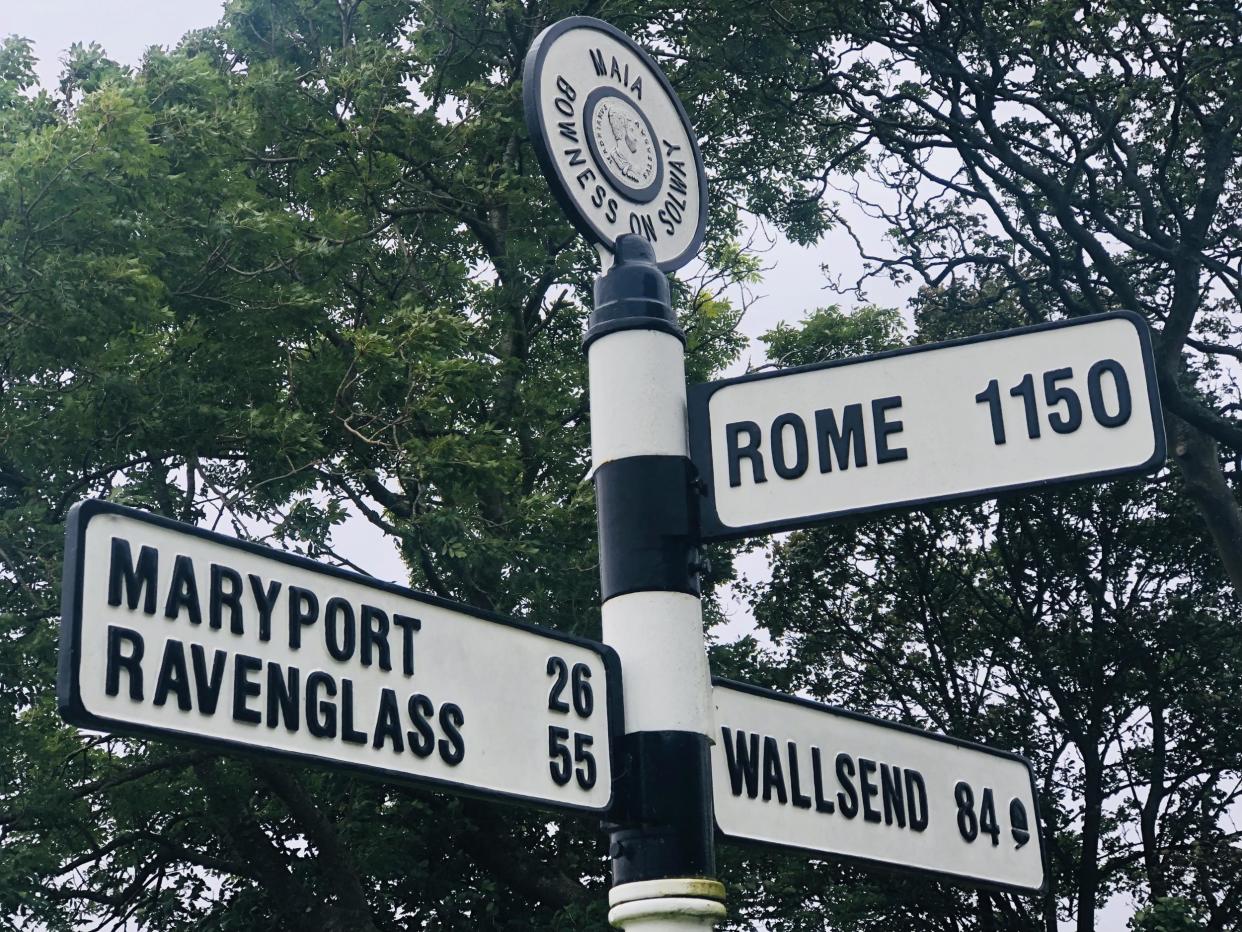From Cornwall’s highest peak to underground exploring in Liverpool – my week of UK adventures

If you happen to be travelling in northern Lancashire on Saturday, we might meet as I prepare for a (guided) hike across the sands of Morecambe Bay – the last of seven adventures I am attempting in seven days, and the only one that has been nailed down in advance.
I had a basic plan to go over the hills and far away, to experience the best of the UK in the course of a week. And it started well on Sunday with a journey from Cornwall's highest peak, along the course of the River Fowey to the sea – complete with some bracing wild swimming and spectacular landscapes.
But the weather soon intervened: too little breeze on the beach of Northern Ireland where I planned to sample sand-yachting on Tuesday, then a deluge on Wednesday on the Scottish island of Islay.
While the Queen of the Hebrides proved the highlight of taking the pretty way by train, bus, boat and plane between Belfast and Glasgow on Wednesday, the prospect of yet more rain on Thursday triggered another change of plan.
Climbing the highest mountain in southwest Scotland, in order to enjoy the longest view in Britain – across to Snowdon in North Wales – looked a forlorn endeavour.
“Forecast for The Merrick abysmal,” I wrote plaintively to my colleague, Cathy Adams. “Still soggy from Islay. Working on a replacement.”
I headed for Liverpool instead, and a subterranean adventure exploring the Queensway Tunnel and the crypt of the Catholic cathedral.
Whether you are aiming for an adventure a day, or a more relaxed August holiday, flexibility is essential. Accordingly, I booked a place to stay each night as I went along – an instructive exercise in the range of quality, and price, on offer at UK hotels.
What can I say about the White Hart in the former capital of Cornwall, Launceston? That the welcome was warm, and that any more than £25 per person would have been excessive.
The Clayton Hotel in Cardiff, conversely, was the best value of the trip: a proper four-star next to Central station, with a proper bath, turbocharged wi-fi and a breakfast buffet of Snowdonian proportions, for £59.
Belfast was busy on Tuesday night, with none of the hotels I called at 8pm prepared to negotiate on price. I settled for the Old Bank at £55, and the unusual remote-control check-in procedure: once payment on your card goes through, you are given the four-digit code for the front door – and then you call again from outside your allocated room for another code. I declined the additional request to email over some ID “so we know you’re who you say you are”, and they let me stay anyway.
http://players.brightcove.net/624246174001/default_default/index.html?videoId=5837728067001
Support free-thinking journalism and subscribe to Independent Minds
The first B&B of the trip was the Cartref in Carlisle, which also wins the prize for thoughtfulness. The earplugs beside my bed in room three surprised me: the guest house is located in a quiet area on the edge of Carlisle city centre. But the alarm chorus of gulls at 6am surprised me even more.
There’s an honesty bar in the hall, and an open invitation to use the phone – in return for “a small donation to one of our local charities”.
Friday night’s accommodation will depend on what happens in the next 10 or so hours.
I am writing from Bowness-on-Solway on the Cumbrian coast, the starting point for my endeavour to cycle from the Irish Sea to the North Sea in a day, paralleling Hadrian’s Wall. The signpost in a village that occupies the site of a Roman fort indicates “Rome 1150”. The distance to my intended destination is also daunting: “Wallsend 84”.
Who knows how the day will end? Which is all part of the adventure.


